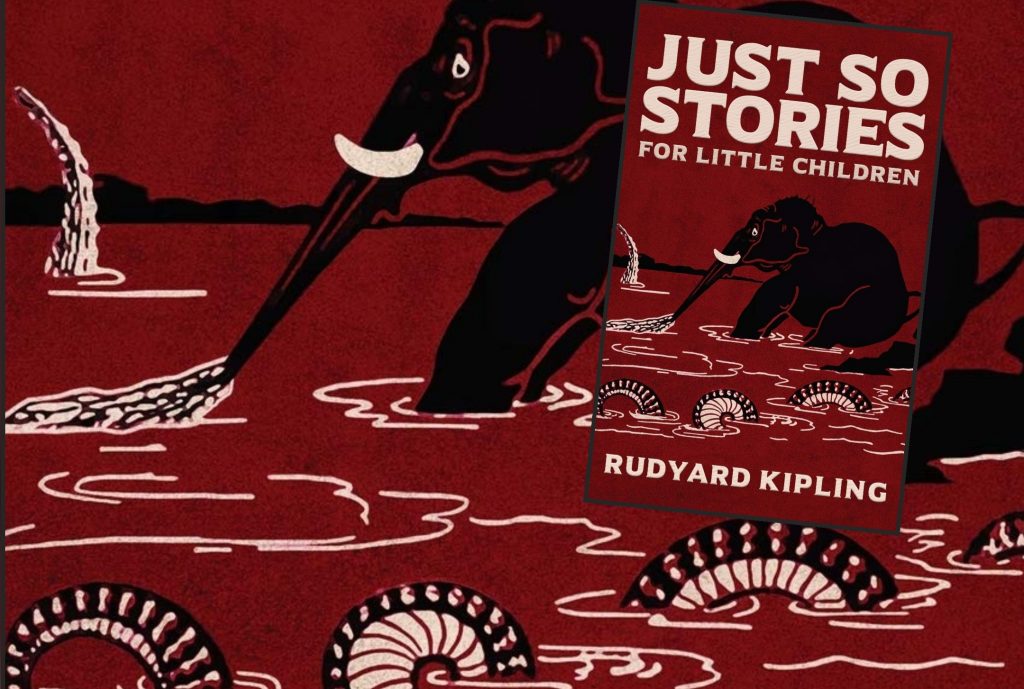
ALREADY, IN HIS mid-30s, the Bombay-born writer Rudyard Kipling had begun to polarise the public. In 1901 satirists claimed that “the British Empire was placed in his charge” as a precocious child, “and it is still there”. By 1910, writes John Batchelor, the hardline imperialism that Kipling developed alongside his friendship with the colonial plunderer Cecil Rhodes meant that “his reputation was damaged, and would remain damaged”.
Yet the novelist Henry James, another friend, thought the master-craftsman who wrote “Kim”, “The Jungle Books” and some of his age’s finest short fiction was “the most complete man of genius…I have ever known”. T.S. Eliot championed his verse and called him “the greatest Englishman of letters of his generation”. More recently Salman Rushdie, also Bombay-born, dubbed Kipling “a writer with a storm inside him”, who “creates a mirror-storm of contradictory responses”.
Today he is an avatar for debates over Britain’s past, and a case study in reconciling admiration with judgment. Critics and readers fret over the paradoxes of an author who, in a poem, thanked “Allah Who gave me two/Separate sides to my head”. This ingenious, versatile and empathetic literary magpie, once a teenage journalist in colonial Lahore, became “a ravenous observer of the world”. Nonetheless, his allegiance to British imperialism “pulled him into explicitly racist writing”. How could the strident jingoist and the shape-shifting magician share the same brain? Like Kipling himself, Mr Batchelor lets the big picture emerge from small details.
Fluent, engaging and gently erudite, his account centres on the making of the “Just So Stories”. These 12 “alternative creation narratives” were originally meant for Kipling’s beloved daughter Josephine, who died, aged six, in 1899; they were published in 1902. He combined text, drawings (see picture) and design into an enchanting package that young readers still enjoy.
This trumpeter of empire somehow emerged from the arts-and-crafts aestheticism of late-Victorian Britain. His uncle by marriage was the august painter-designer Edward Burne-Jones. His father was John Lockwood Kipling, an artist with Pre-Raphaelite connections who headed the Mayo School of Arts in Lahore (now Pakistan’s National College of Arts) and researched traditional Indian skills. As Mr Batchelor says, in the “Just So Stories” and elsewhere, Rudyard was meticulously attentive to the presentation of his work.
With their talking animals, wondrous transformations and incantatory, fairy-tale voices, the “Just So Stories” use imagery and mythology not just from the India of Kipling’s fondly remembered youth but other far-flung places he had visited, from South Africa to New England, Australia to the Amazon. Several tales, including “The Elephant’s Child”, “How the Leopard Got his Spots” and “How the Camel Got his Hump” pivot on acts of rebellion and disobedience, with the discoveries—and punishments—that ensue. Kipling sympathises with the adventurers yet depicts their sometimes painful comeuppance.
For his part, Mr Batchelor sees the stories as “jewel-like works of art”. His analysis takes in the main themes of Kipling’s life and work, from his “fluid and protean” sense of identity, to his infatuation with Rhodes and his Pre-Raphaelite heritage. Not least, there is the “deep and lasting” grief for Josephine that imbues the tales with a subtext of mortality and loss.
But he stumbles when he says the “Just So Stories” are “a text from which the concerns of the empire are successfully excluded”. Kipling’s flag-waving brand of globalisation, a cultural eclecticism that mingles fascination with condescension, his gift for identifying both with underdogs and overlords—these traits surface in his fables, deepening and darkening them. Even here, what Mr Batchelor calls the “obvious split” in Kipling “between the creative writer and the political writer” never quite holds firm. Those “separate sides to my head” are eternally locked together. ■
How the Just So Stories Were Made.By John Batchelor. Yale University Press; 240 pages; $25 and £18.99
The Economist